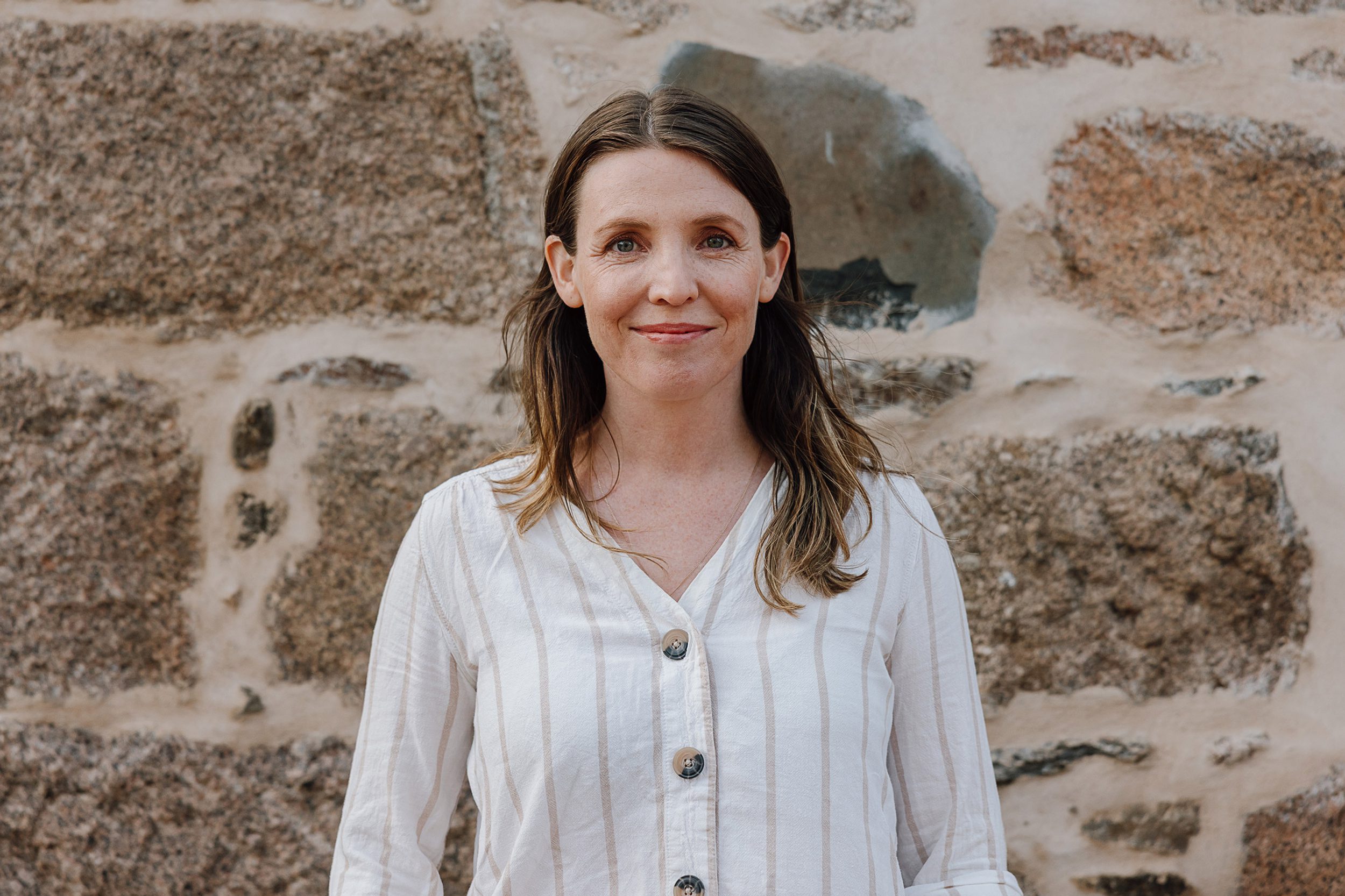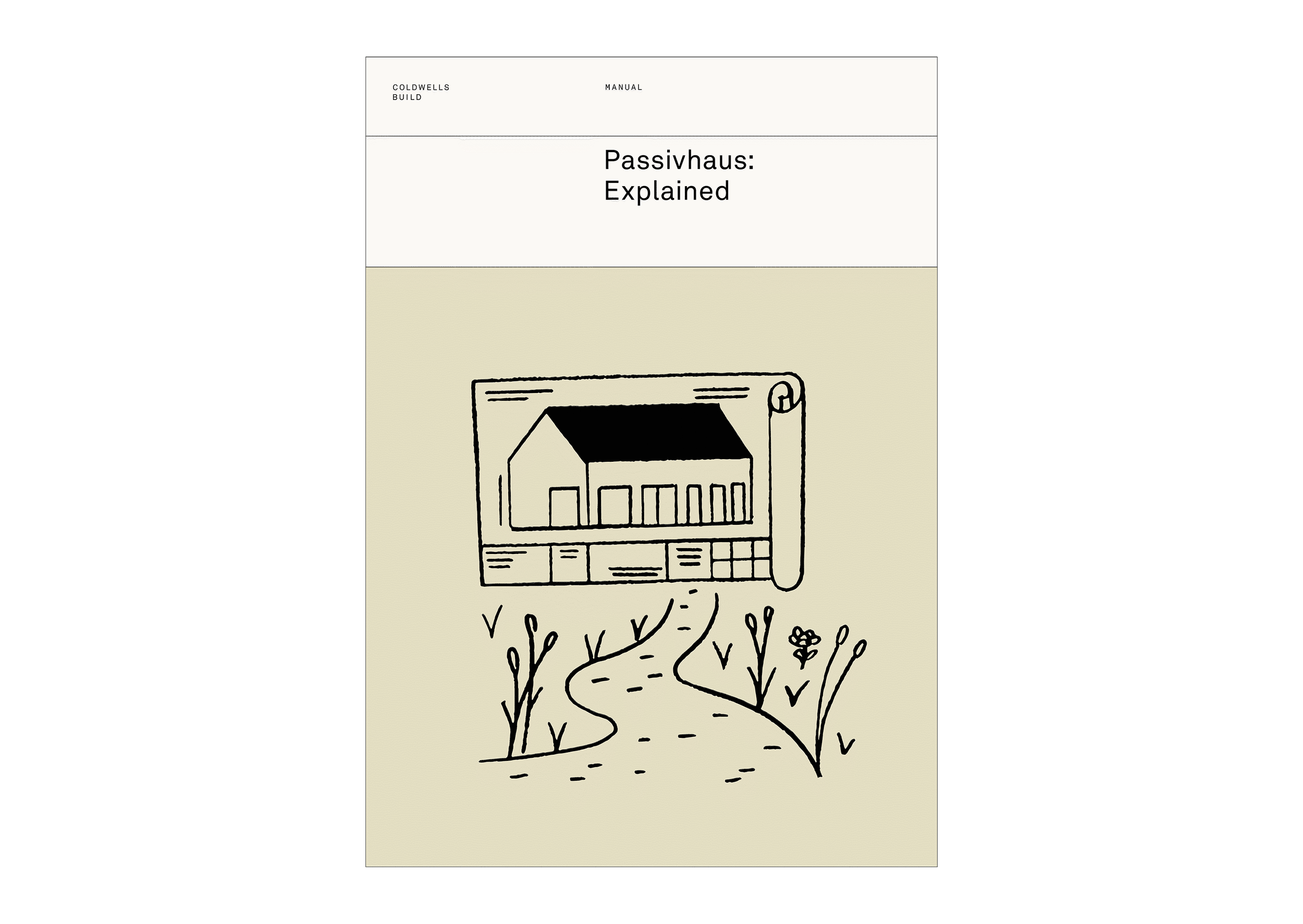
Everything You Need to Know About Self-Build Mortgages: Expert Advice from BuildStore
Expert advice from Tom McSherry of BuildStore on self-build mortgages, budgeting, insurance, warranties and meeting lender expectations. [7 Min Read Time]
Read
Considering building in 2025 but hesitant to commit? We explore the factors affecting construction costs to help you decide.
Building a new home is one of the biggest investments you’ll ever make and with the cost of living and ongoing economic uncertainty, it’s natural to ask, "Is now really the right time to build?"
You may even wonder if waiting a year or two could result in lower construction costs. In this article, we’ll explore trends in the construction industry to help you make an informed decision.
The Building Cost Information Service [BCIS], which publishes five-year construction forecasts, expects overall building costs to rise by 14% between 2025 and 2030. The main drivers behind this increase are rising labour and material costs.
Construction material prices surged in 2022, reaching a 40-year high. While the rate of inflation has since slowed, costs are still rising, just at a steadier pace.
UK supply chains are still feeling the effects of global disruptions, from the war in Ukraine and post-Brexit trade changes to the lasting impact of the pandemic. Manufacturing costs remain high and many key construction materials are expected to become even more expensive in the years ahead.
BCIS predicts that material prices will rise by 13% between 2025 and 2030. These rising costs are already hitting people building a home. In fact, 67% of Federation of Master Builders [FMB] members reported raising their prices in 2024 due to cost pressures.
Labour costs are also set to climb. BCIS predicts a 16% increase in construction labour costs between 2025 and 2030. This rise is being driven by increases in employers’ National Insurance contributions, the National Living Wage, and a persistent shortage of skilled tradespeople across the UK.
According to the FMB more than a third of UK contractors struggled to hire joiners in 2024, while 42% said a lack of skilled labour had caused project delays. This issue is expected to worsen in the coming years, fuelled by reduced immigration and an ageing construction industry workforce.
Another key factor impacting future build costs is the tightening of energy performance requirements.
The Scottish Government has signalled that all new homes will soon be expected to meet a "Scottish equivalent" of the Passivhaus standard, a world-renowned, science-based approach to ultra-low-energy homes.
Developed in Germany over 30 years ago, it reduces a home’s heating bills by 79% compared to current Scottish new builds, lowers carbon emissions and improves the comfort and health of its occupants.
Scotland’s new legislation aims to develop a building standard similar to Passivhaus. This will be best achieved by adopting the five key Passivhaus principles:
Passivhaus homes typically cost about 4-8% more than traditional homes due to the need for higher quality materials and specialist construction professionals. However, as the standard gains wider acceptance and Scotland’s supply chain for materials and components expands, costs are expected to decrease. Additionally, the upfront investment is offset over time, as Passivhaus homes have significantly lower running and maintenance costs.
In short, no.
With stricter building standards on the horizon, rising material and labour costs, and inflation still at play, the cost to build is not going down.
Waiting for prices to fall is a false economy. The sooner you commit to a build, the more opportunity your builder has to lock in rates with suppliers and subcontractors, potentially saving you thousands.
Plus, starting now means you could be settling into your new home within 12 months. As the saying goes: "The best time to plant a tree was 20 years ago. The second-best time is now."
The same applies to building your dream home. If you want to be living in it soon, it’s time to get started.

A trained communicator, Clare co-founded Coldwells Build with the aim of improving consumer experience within the construction process. Working previously as a television director and journalist, she understands more than most, about the power of detail, organisation and timing.

Expert advice from Tom McSherry of BuildStore on self-build mortgages, budgeting, insurance, warranties and meeting lender expectations. [7 Min Read Time]
ReadWe’ve created 8 free-to-download guides packed with tips on budgeting, plot finding and self-building. Essential reading for anyone planning to build their home.

An introduction to the Passivhaus standard — what it is, how it works and the steps you can take to achieve it in your new home.
Download